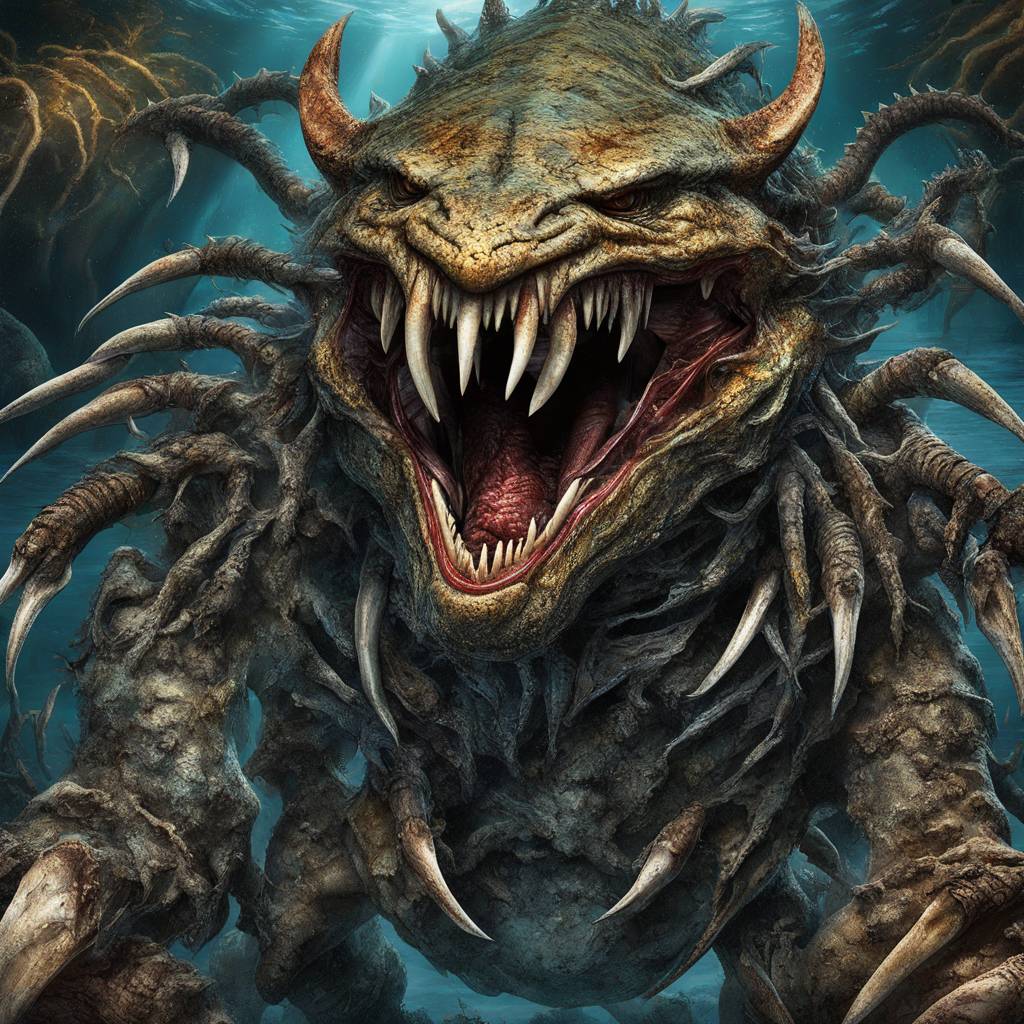Scientists discovered a new species of shark named Dichichthys satoi, or the roughback bristle shark, off the coast of New Zealand. This “large” predator is characterized by its rough-textured body covered in spike-like structures and its “large” mouth full of around 200 teeth. Several pregnant female roughback bristle sharks were found carrying three eggs each, which were described as “golden brown” and in “banana shaped” cases. The stomach contents of one shark contained a fish and the beaks of two octopus, indicating that these sharks are predators.
The roughback bristle shark is found at depths between 2,200 feet and 3,900 feet off the western coast of New Zealand’s North Island. The new species was named after Keiichi Sato, a researcher at the Okinawa Churaumi Aquarium who has contributed significantly to the field of deepwater catsharks. Researchers identified the roughback bristle shark based on its size, coloring, body shape, texture, teeth, egg cases, and DNA. The discovery of this new species adds to the thousands of new species that are found each year.
The surveys conducted by scientists in the western Pacific Ocean between 1985 and 2019 uncovered several roughback bristle sharks. The brownish-gray colored sharks have white-edged fins with varying thickness. Female roughback bristle sharks are known to deposit their egg cases before the embryos fully develop. The research team that identified the new species included William White, Andrew Stewart, Helen O’Neill, and Gavin Naylor. They also determined the existence of a new family of sharks known as Dichichthyidae, or bristle sharks.
The roughback bristle shark is a unique species that has distinct characteristics that differentiate it from other sharks. With its “large” body covered in spike-like structures, this predator is well-equipped for hunting in the deep ocean depths. The discovery of Dichichthys satoi highlights the diversity of marine life and the importance of ongoing exploration and research in understanding our planet’s ecosystems. This new species adds to the growing list of fascinating creatures that inhabit the world’s oceans and contribute to the intricate web of life that sustains us.








